Losing hair at 25—male or female—can be a deeply personal and stressful experience. For many, it’s unexpected and often misunderstood. While hair loss used to be a concern mainly associated with aging, today, more people in their 20s are facing the same challenge.
Whether it’s sudden hair thinning, a receding hairline, or noticeable bald spots, understanding what’s happening is the first step to taking control. “
According to Dr. Viral Desai, a renowned hair transplant surgeon known for his expertise in hair transplant in Mumbai,
“Early hair loss is a clinical sign. The sooner you respond, the more hair you can save.”
Wondering what is causing this early hair loss? Let’s find out.
Why Am I Balding at 25?
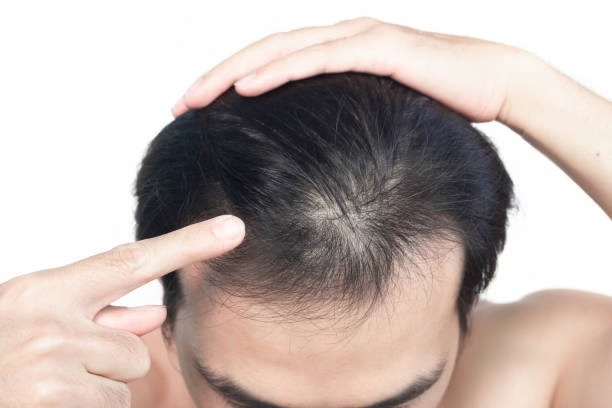
Several factors can contribute to hair loss at 25—some within your control and others dictated by genetics or biology. Here’s a look at what may be triggering it:
Genetics: If close relatives experienced hair loss at a young age, there’s a high chance it runs in the family. This hereditary condition is known as androgenetic alopecia.
Hormonal imbalances: Fluctuations in testosterone, DHT (dihydrotestosterone), or estrogen levels can trigger hair loss in both men and women.
Stress and anxiety: Intense or chronic stress can push hair follicles into a shedding phase, known as telogen effluvium.
Diet deficiencies: A lack of iron, protein, zinc, vitamin D, or B12 can directly impact hair growth and strength.
Thyroid disorders: Both hypothyroidism and hyperthyroidism can disrupt the hair growth cycle.
Lifestyle factors: Excessive alcohol use, smoking, irregular sleep, or crash dieting are known contributors.
Hairstyling habits: Constant heat styling, tight hairstyles, and harsh chemical treatments can damage the scalp and hair shaft.
You’re not alone—many go through this. Here’s what studies and experience say.
Is Balding at 25 Normal?
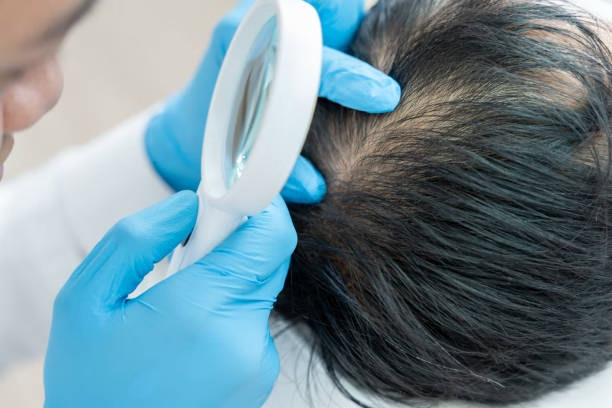
Yes, balding at 25 is more common than it seems. Statistics show that nearly 25% of men with hereditary hair loss notice signs before age 21. For women, symptoms such as widening parts or reduced volume can emerge in their early twenties, especially when linked to hormonal changes like PCOS.
Dr. Viral Desai, an expert in DHI hair transplant in Mumbai, emphasizes that while society often associates hair loss with older adults, early-onset hair thinning is increasingly prevalent—and treatable when identified early.
Concerned about visible hair thinning at 25? Discover customized restoration plans. Book an appointment today with a hair specialist.
Now, let’s look at the key signs and differences.
How Do I Know If I’m Really Going Bald or Just Shedding?
Signs of Balding vs. Shedding
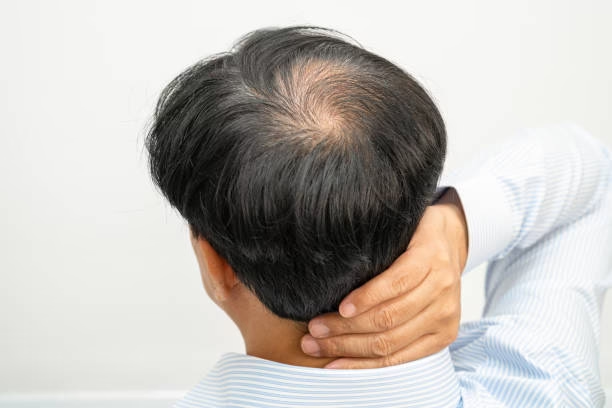
Signs you are balding
- Receding hairline forming an “M” shape
- Thinning crown or temple area
- Visible scalp under light
- Patchy bald spots that slowly enlarge
- Hairs becoming finer and shorter

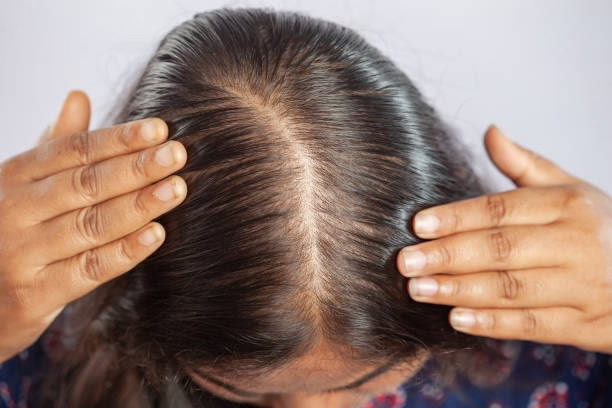
Signs you are just shedding
- Even hair loss across the scalp
- No specific bald spots
- Typically follows illness, stress, or season changes
- New hair regrowth within 1-2 months
- Hair feels and looks the same as before

Dr. Viral Desai advises individuals to track hair fall patterns for a few months. If shedding remains persistent or worsens in density and texture, it could signal early balding.
Let’s explore the solutions.
Hair Loss Treatments for Men in Their 20s
When dealing with hair loss at 25, especially for men, timing is critical. The earlier you take action, the more options you have for regrowth and restoration.
Surgical Options
● DHI Hair Transplant
Direct Hair Implantation offers a precise, natural-looking solution with minimal downtime. Using advanced implanters, this method ensures high follicle survival rates and quick recovery. Perfect for those seeking subtle yet permanent results.
● FUE (Follicular Unit Extraction)
A minimally invasive technique involving the extraction of individual hair follicles from a donor area. It is effective for early-stage balding and allows for targeted graft placement.
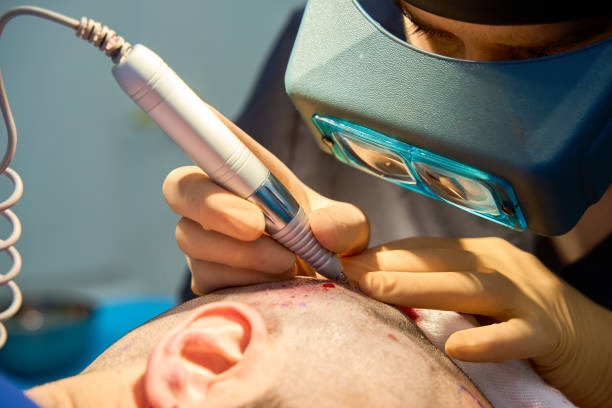
Non-Surgical Options
FDA-approved and widely used, it helps stimulate hair follicles and boost regrowth. Effective for both men and women.
● Finasteride (Oral Medication)
Primarily for men, this prescription drug reduces DHT levels—an androgen responsible for male pattern baldness.
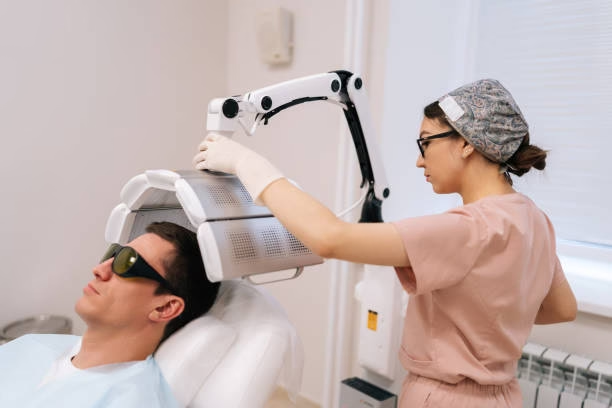
● PRP Therapy (Platelet-Rich Plasma)
Uses your blood’s growth factors to stimulate dormant follicles. Sessions are quick, and results are often seen in 3–6 months.
● Laser Hair Therapy
Low-level laser devices stimulate cellular activity in the scalp, promoting healthier hair growth.
● Mesotherapy for Hair
Involves injecting essential vitamins and nutrients directly into the scalp to nourish and revive weak follicles.
● Microneedling with Growth Serums
Encourages collagen production and improves topical serum absorption, resulting in stronger, thicker hair.
● Exosomes for Hair loss at 25
Exosome therapy delivers regenerative growth factors to stimulate dormant hair follicles and promote natural hair regrowth.
● Nutritional Optimization
Personalized vitamin and mineral supplementation based on blood tests to support hair from within.
● Scalp Detox and Peels
Removes buildup, opens pores, and allows better nutrient absorption—especially useful for oily or flaky scalps.
Before and After Results
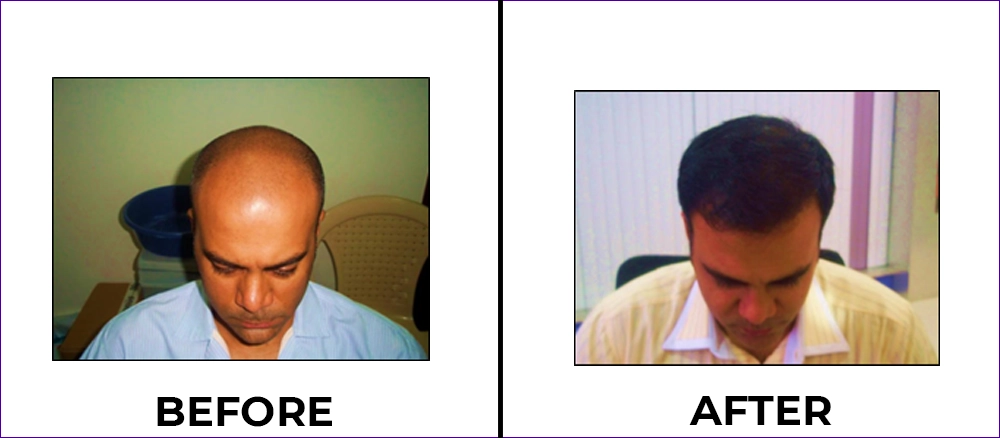
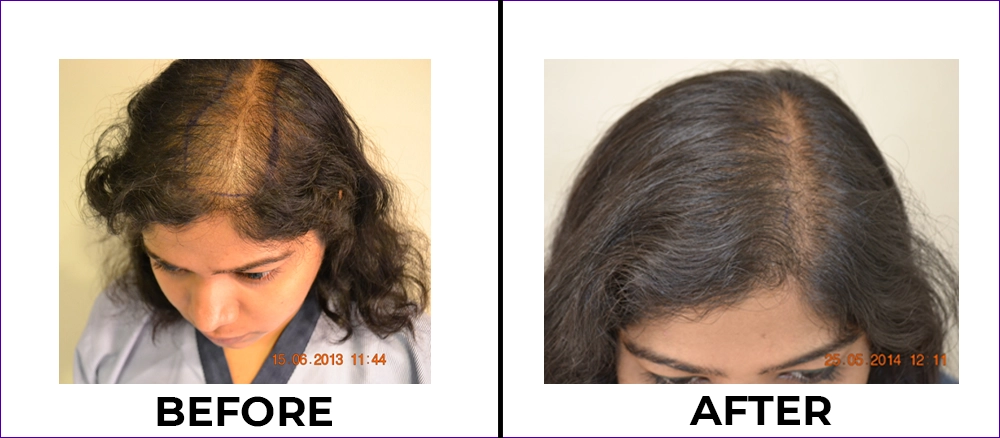
25 and balding? Explore time-tested, result-oriented treatments. Consult a hair transplant surgeon today.
Conclusion
Early hair loss at 25 doesn’t have to be permanent. Whether you are facing hair thinning, patchy bald spots, or a receding hairline, multiple effective solutions exist today—from modern DHI techniques to innovative non-surgical therapies.
Acting early improves success rates. If you are considering a hair transplant in Mumbai or want to understand what’s best for your unique condition, take the step to consult with a specialist like Dr. Viral Desai, who blends science, artistry, and experience.
Frequently Asked Questions:
Can balding at 25 be reversed or slowed down?
Yes. With timely treatment—especially under expert supervision—balding can often be slowed or even reversed.
Can you regrow hair at 25?
Absolutely. Most people at this age still have active follicles that respond well to medical and surgical treatments.
Why am I balding at 20, female?
Early hair loss in women can stem from PCOS, hormonal shifts, thyroid issues, or even crash dieting. Early intervention is critical.
Is hair transplant safe at 25?
Yes, if your hair loss has stabilized and expectations are realistic. A detailed consultation can confirm candidacy.
How common is hair loss at 25 male vs. female?
Around 25% of men and a growing number of women in their 20s report noticeable hair loss, often linked to genetics or stress.
What makes DHI better than traditional hair transplants?
DHI is less invasive, doesn’t require stitches, and offers natural density with quicker recovery.
Reference
https://www.webmd.com/skin-problems-and-treatments/hair-loss/ss/slideshow-men-hair-loss-treatment
https://my.clevelandclinic.org/health/diseases/16921-hair-loss-in-women
Disclaimer: The information shared in this content is for educational purposes only and not for promotional use.


